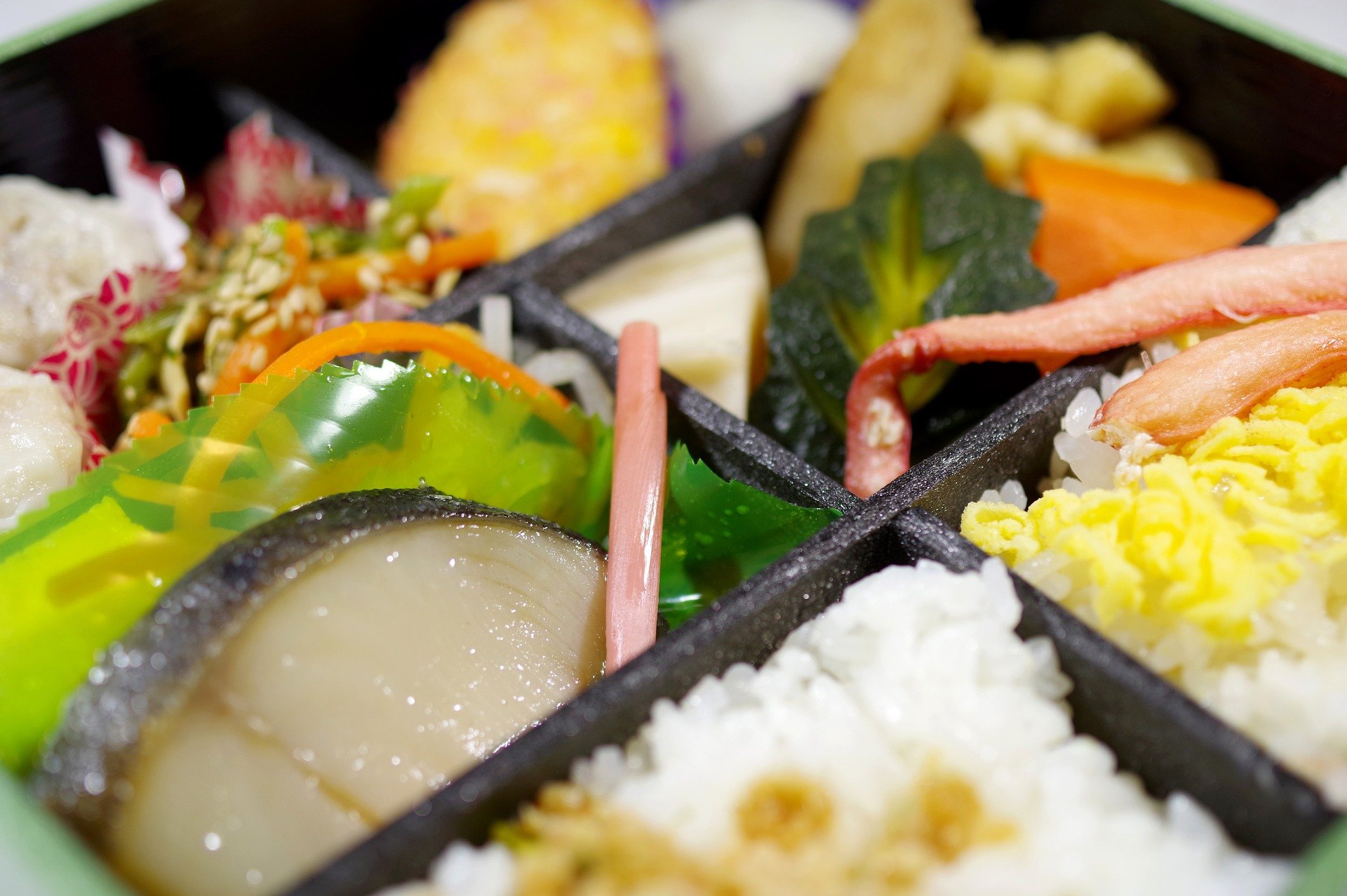Food Culture in Manga
© Galletita_arts (Pixabay)
Nowadays, many of us have come to know Japan through its popular culture and its food culture. References to Japanese food are everywhere and abundant both in Japan and in the West, such as in TV shows, films and literature. In Friends, for example, Ross got a laugh out of us with his “unagi” – meaning ‘eel’ in Japanese – to describe… a martial art concept! At the same time, our taste buds were delighted by the famous kakigōri (ice cream flavoured with different syrups) in the film Memories of a Geisha, by the an (azuki bean paste) sweets in the book Tokyo Delights, or, more recently, by discovering an ex-mafioso’s cooking talents in the animated series The Way of the Apron.
In this article I will delve into the topic of food culture evoked in manga, a symbiosis that allows us to experience complete cultural immersion.
Food – a Woman’s Prerogative and a Weapon of Seduction
Japanese society has inherited many traditions from its thousand-year-old history. Among these customs, one is still very much present in society, embodied by the following slogan from the Meiji era: ryōsai kenbo 良妻賢母. It inscribes the woman in a domestic ideal, where she must be a “good wife, wise mother”. Therefore, this societal order tends to value the figure of the good housewife and cook. It is thus not surprising to see that it is often young girls and women who cook in manga.
© takedahrs (Pixabay)
Through their hands food becomes a weapon of communication in the games of friendship and love! For example, it is customary to see middle and high school girls in manga offering a bentō (traditional Japanese meal contained in a compartmentalized box) made by them to their boyfriend, as in Cheeky Love when Yuki Machida hands a nicely made bentō box to her boyfriend Shō Naruse. Even the indomitable and mysterious Hitagi Senjogahira in the Bakemonogatari series lends herself to this, shall we say, rather conformist exercise...
© JillWellington (Pixabay)
On Valentine’s Day, it’s time for chocolates! In Japan, girls are supposed to offer chocolates to their male friends or boyfriends on this day. Depending on whether they are boyfriends or just friends, the boys will not be offered the same chocolates: boyfriends are offered honmei chocolates, while friends receive giri chocolates - nicely illustrated in the manga Hiyokoi. Nevertheless, this exercise of making one’s own chocolate seems somewhat difficult for some girls, notably for Yū in the manga Defying Kurosaki-kun.
The ultimate demonstration of the inextricable link between food and affairs of the heart occurs in the manga Black Bird. The couple Misao and Kyo receive sekihan (a rice dish cooked with red beans, usually offered on the occasion of a happy event) from Kyo’s servants, just after... their first carnal union!
Some Typical Japanese Dishes
© allybally4b (Pixabay)
Often many different dishes make an appearance in manga, regardless of its genre (shōnen, shōjo, etc.) One of the most famous dishes, which would win popularity votes around the world, is of course Ichiraku’s ramen in Naruto!
In addition to the vegetable and meat broth, mochi also has a special place in Japanese culture. Mochi is a multi-faceted dish that can be cooked in a variety of ways. For example, in Divine Nanami, mochi is offered wrapped in a bamboo leaf (sasamochi) to a person who is suffering to regain strength or, in Say I Love You, as a souvenir from a trip (komine mochi).
Three other recipes also regularly appear in manga: taiyaki (fish-shaped cakes, generally filled with red bean paste), e.g. in Otaku Otaku, anman (sweets filled with sweetened red bean paste), e.g. in The Princess of the Dawn, and matsutake (mushrooms growing on pine trees), e.g. in My Fair Honey Boy.
Some Less Common Dishes, but just as Appetising!
© subarasikiai (Pixabay)
Even the most ardent reader will always find a new recipe when reading manga. Indeed, Japanese gastronomy is so extensive that it is almost impossible to know all the specialities. For example, in the manga Dengeki Daisy we discover nikujaga (a dish made of potatoes and meat simmered in a broth sweetened with soy sauce), furikake gohan (rice with food on it) in Food Wars! or gobo paella (a paella with burdock root) cooked in the manga A Chef of Nobunaga.
© Samueles (Pixabay)
However, food is not the only thing honoured in popular culture: sake also has a special place in fictional works. For example, we discover otoso sake, which is medicinally spiced sake drunk especially on New Year’s Day, in The Wallflower (Yamato Nadeshiko Shichi Henge), or amazake, which is drunk during the Hina matsuri - the doll festival, in Daytime Shooting Star.
Thus, we have seen that Japanese popular culture is full of culinary specialties that are more or less well known to fans. Still, manga always manages to surprise us by subtly presenting more dishes which allow manga readers to be more than culturally immersed - sometimes you can almost taste the dishes!
Written by Léa van Cuyck






